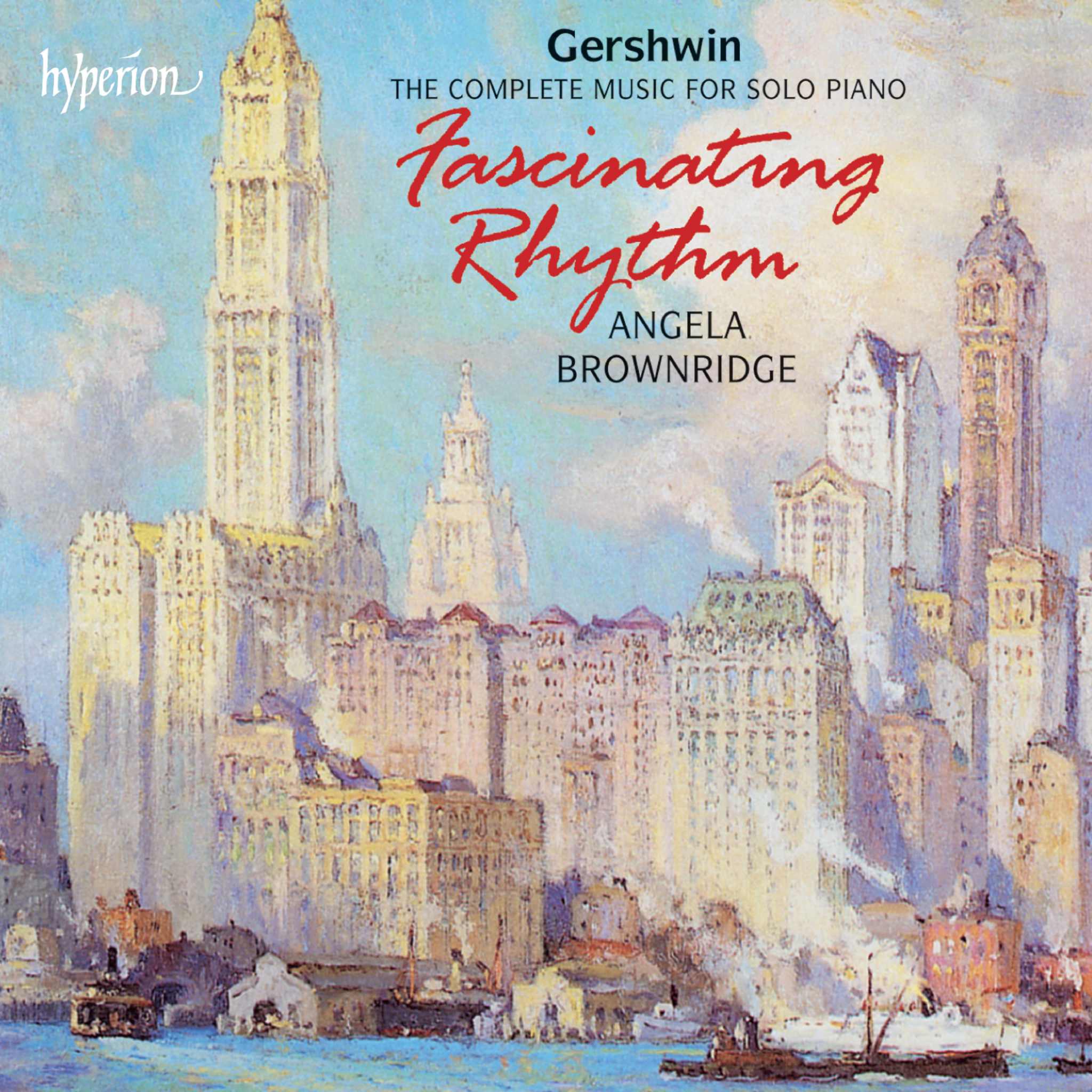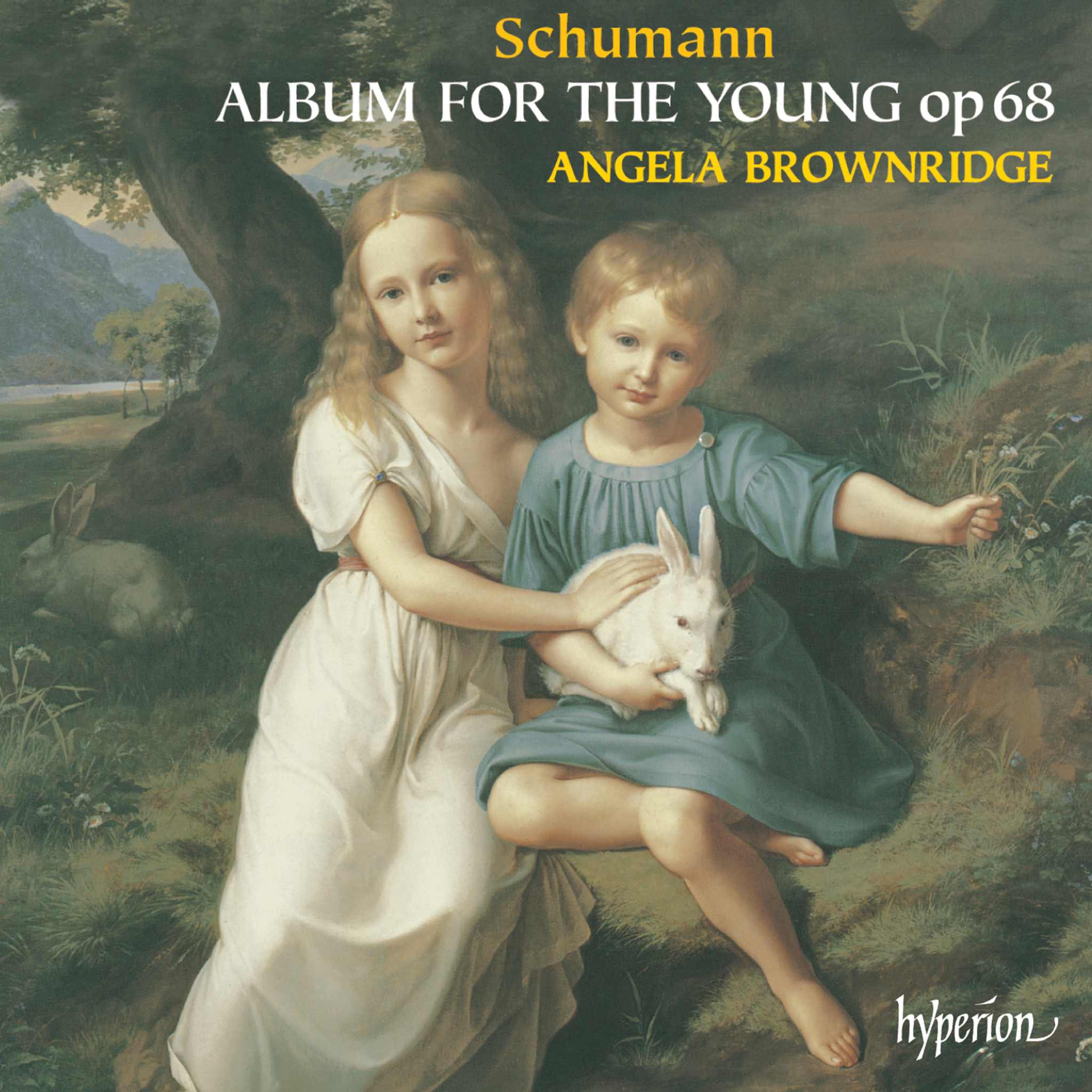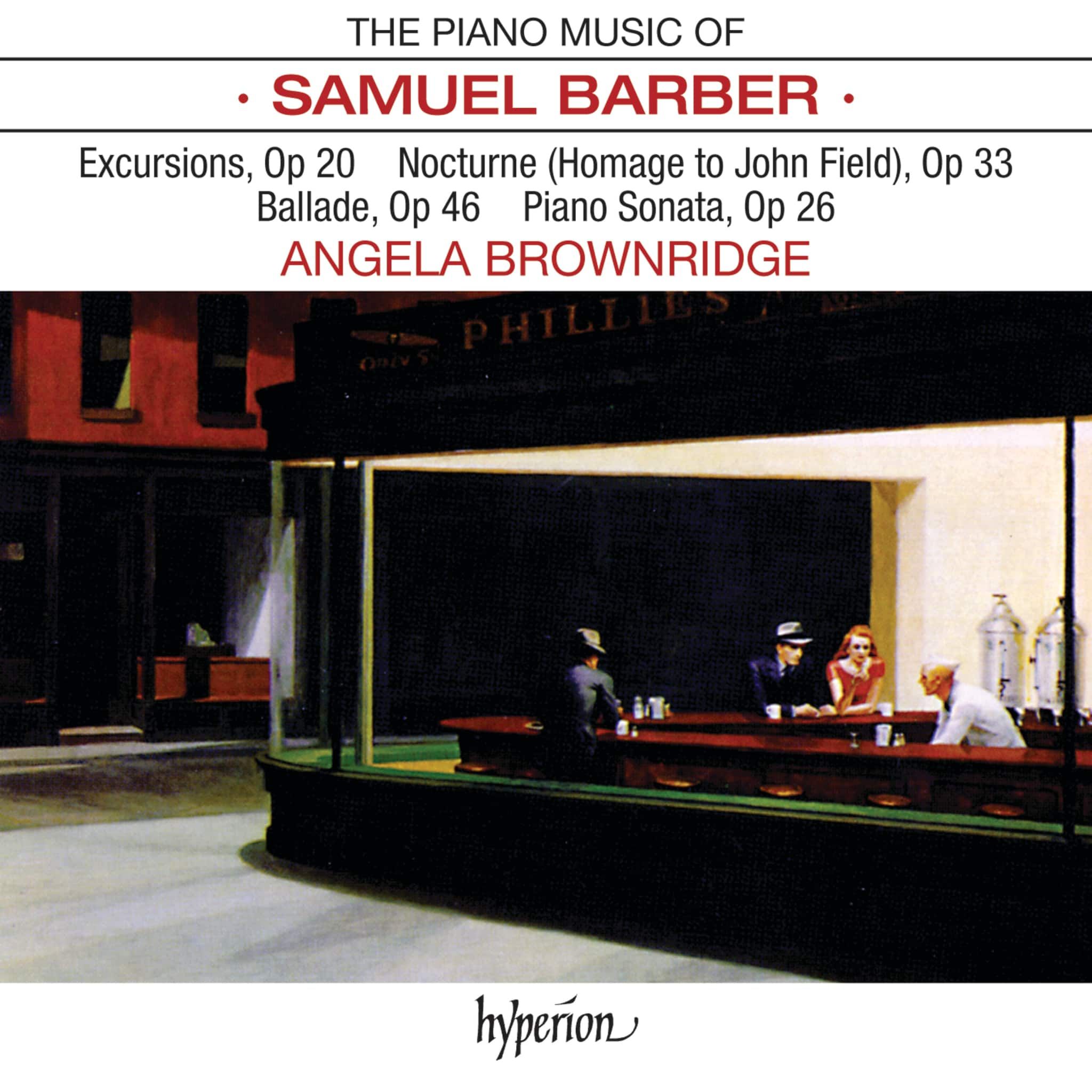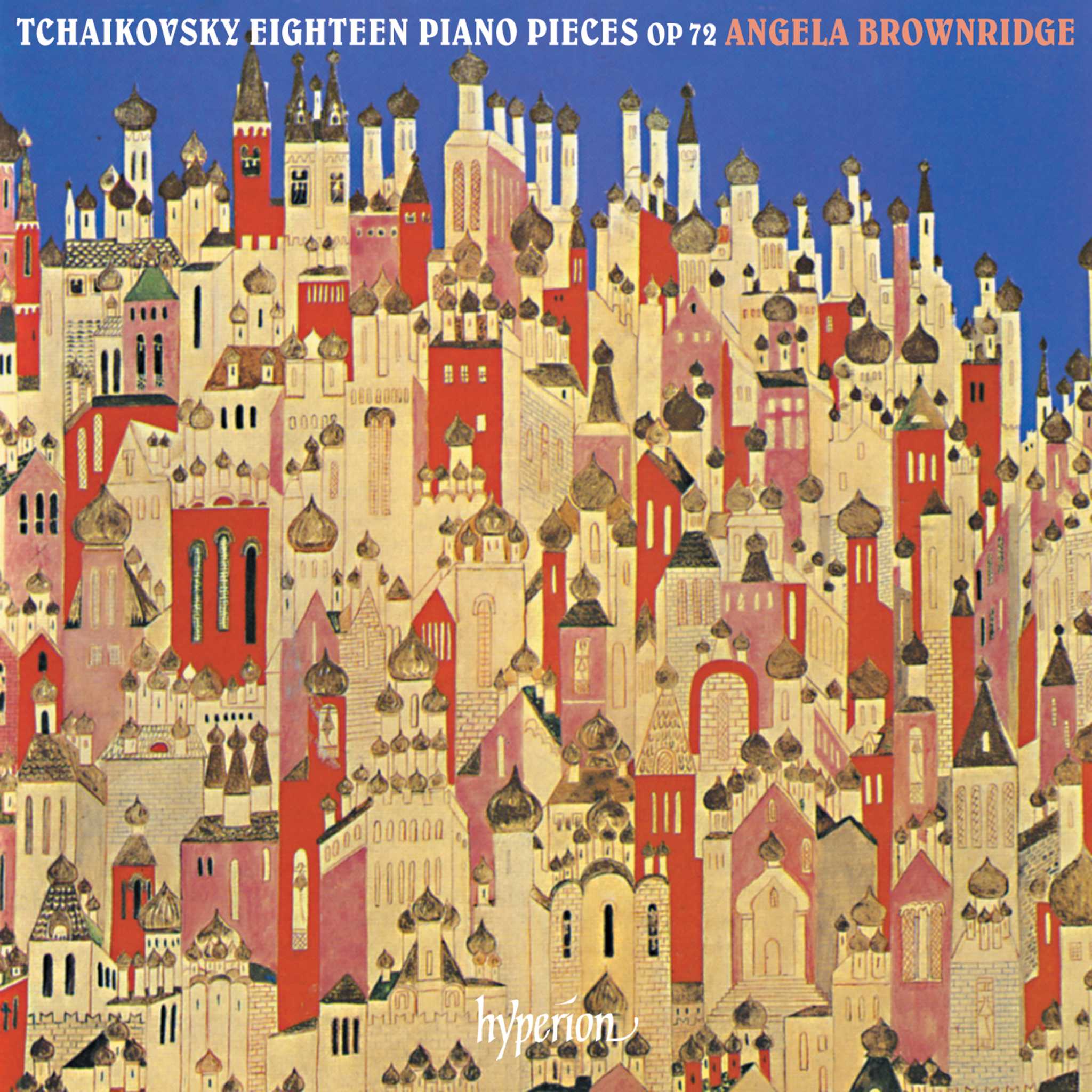Album insights
Although not a string player himself, Shostakovich was in contact with several outstanding Soviet string musicians, including David Oistrakh and Mstislav Rostropovich, for whom he composed two remarkable solo concertos each. The violists close to him, less recognized in the West, included Vadim Vasilyevich Borisovsky, founder of the Beethoven String Quartet, along with his student Yevgeny Vladimirovich Strakhov, a prominent educator and orchestral musician, and Fyodor Serafimovich Drushinin, the dedicatee and first performer of his last completed work, the Viola Sonata for Viola and Piano.
Strakhov studied with Borisovsky at the Moscow Conservatory in the 1930s and served as a teacher there from 1936 until his passing. During his studies, he began performing with the Moscow Philharmonic Symphony Orchestra, securing the position of principal violist in the USSR State Symphony Orchestra in the 1950s. He created around a hundred arrangements for his instrument, including adaptations of Shostakovich's cello sonata and the seven piano preludes presented here.
Shostakovich composed his cycle of 24 preludes at the age of 26 between December 30, 1932, and March 2, 1933, about six years after his previous solo piano pieces, the aphorisms op. 13. These pieces' directness and sharply defined character owe much to the numerous works for stage and film he composed in the intervening years. Simultaneously showcasing his newly developing neoclassical style, heavily influenced by moderate tonal expression starting from his Fifth Symphony (1937), they functioned practically as performance pieces for his appearances as a pianist. Abandoning any plans for a solo career after the first Chopin Competition in 1927, Shostakovich nonetheless continued to present his own works and, from the 1940s, recorded many of his compositions, including twelve preludes from Opus 34.
While perhaps less renowned than Dmitri Zyganov's transcriptions for violin and piano, Strakhov's arrangements are equally imaginative. Tailored for the viola's range, they often feature the viola carrying the main thematic lines (although in the fast-paced waltz, No. 15, roles are somewhat reversed). The French titles are the arranger's touch—the original only bears tempo markings but follows Shostakovich's indications when the piece's character is less overt. For instance, in "Mélodie amoureuse," the directive "amoroso" above the melody at the beginning of the third bar suggests a romantic mood. Lawrence Power's rendition enhances this atmosphere deliciously.
The Viola Sonata marked Shostakovich's final completed work, an awareness quite likely shared by the composer. Mostly composed in June and July 1975, he succumbed to lung cancer on August 9. By his wishes, the sonata was first performed by its dedicatee, Fyodor Drushinin, the violist of the Beethoven String Quartet (following Borisovsky). Drushinin premiered it on September 25 (Shostakovich would have turned 69 that day) in a private setting and on October 1 played to a packed hall at the Leningrad Philharmonic, responding to the standing ovation by holding up the score.
Consulting with Drushinin during composition, Shostakovich described the sonata's first movement as a "novella," perhaps referencing its flowing three-part form. Like many of his late works, tension in this piece arises from the clash between twelve-tone themes (evident in the opening piano statement) and representations of pure diatonics. The scherzo-like second movement repurposes material from Shostakovich's discarded opera on Gogol's comedy "The Gamblers," aptly starting in a mix of polka and brisk march. The contemplative finale, Adagio, quotes phrases from earlier works, notably from the "Moonlight Sonata" by Beethoven, interweaving them with his own desolate melodies.
From his earlier successes as a student to the twilight of his life, Shostakovich consistently composed music for cinema. Although he occasionally lamented this task, which provided a steady income, especially after falling out of favor, he recognized the necessity since his other income streams had dried up.
"The Gadfly," a 1955 adaptation from the eponymous novel by English writer Ethel Voynich, focused on the actions of an Italian revolutionary, Arthur, during the 1830s and 1840s, nicknamed the "Gadfly" for his defiance against authority. The film's director, Aleksandr Faintsimmer, renowned for "Lieutenant Kijé," scored by Prokofiev, found Shostakovich's score equally direct and melodic in capturing the essence of the storyline.
Borisovsky's five arrangements commence with the ominous "The Cliff," rendered in a modern Russian style, from the film's opening scene where revolutionaries survey their homeland from a wind-swept cliff. The "Intermezzo" blends three movements associated with scenes inside a cathedral, originally featuring organ music and irony as Arthur is deceived during confession, leading to his betrayal. The vibrant "Hurdy-Gurdy Waltz" accompanied Arthur crossing a town square en route to a revolutionary meeting. The "Romance," a standout piece, originally titled "Youth," symbolizes young Arthur's revolutionary zeal, not his love for Gemma as often assumed, further popularized through its use as the theme for the British TV spy drama "Reilly, Ace of Spies." Stitched into a suite by Lev Atovmian, including 12 of the film's 24 numbers, Borisovsky's transcriptions capture the essence of these pieces, such as the merging of "A Slap" where Gemma discovers Arthur's inadvertent betrayal of the revolutionary cause. Equally engaging is the "Folk Festival," set on the town square, resonating with a solemn folk tone Shostakovich mastered, evident in his 1953 10th Symphony's finale and the Festive Overture of the following year.





